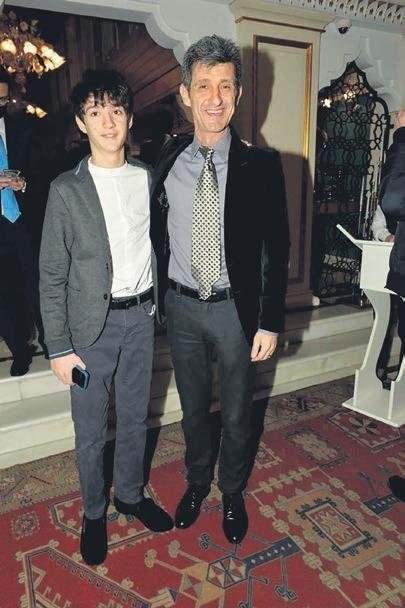Metin Şentürk, who was on trial with his ex-wife Fulya Kalkavan, whom he decided to divorce in 2014, was rejected by the court. Musician …
Metin Şentürk, who was on trial with his ex-wife Fulya Kalkavan, whom he decided to divorce in 2014, was rejected by the court.
Musician Metin Şentürk, who got married to Fulya Kalkavan in 2006, decided to break up due to severe incompatibility. During this process, Kalkavan had his wife removed from him and stated in the argument that he had thyroid cancer.
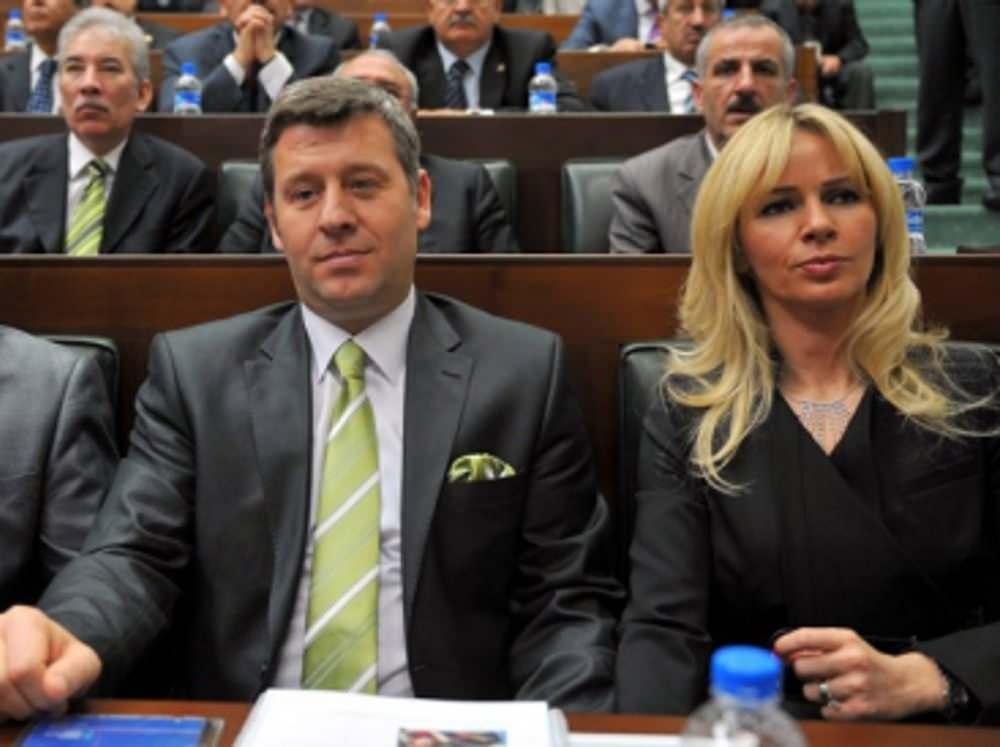
Metin Şentürk and Fulya Kalkavan
The famous artist, on the other hand, reflected against his wife’s arguments and argued that he was not an aggressive person. The court, which decided to divorce the couple in 2014, decided that Şentürk should pay 150 thousand liras in compensation as well as 5 thousand liras of poverty alimony per month.
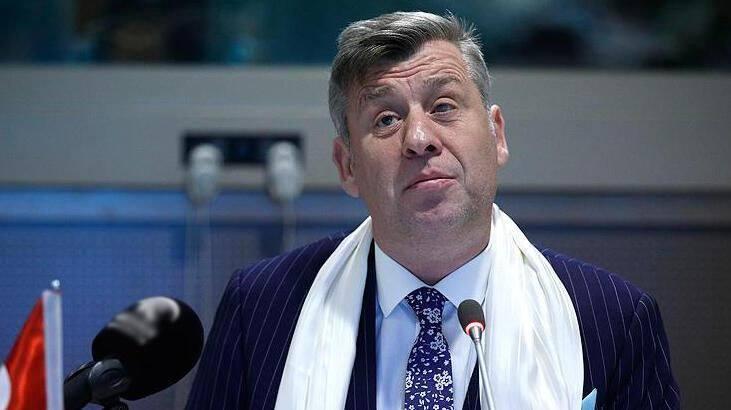
Metin Şentürk
The famous name, who took his breath in the Supreme Court not to pay alimony, even though his ex-wife got rid of alimony , filed a new lawsuit. Thereupon, the court decided that Şentürk should pay 4 million 337 thousand 793 liras to his ex-wife together with the legal interest that will be processed as of 2015.
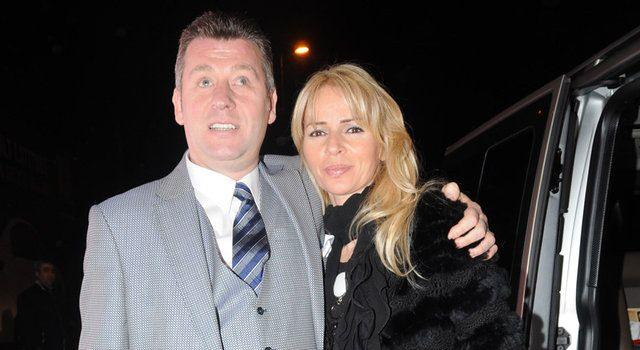
Metin Şentürk and his ex -wife
Requesting a retrial, Metin Şentürk filed a lawsuit again. However, the famous artist’s request for trial was not accepted at the decision hearing of the case at the Istanbul Family Court. The court concluded by stating that the first decision was appropriate.

Metin Şentürk
WHAT HAPPENED BEFORE?
Metin Şentürk’s ex-wife Fulya Kalkavan, whom he decided to divorce in 2014, came up with the court process again. Şentürk had paid 150 thousand liras to his wife in the divorce case, but after the divorce, Fulya Kalkavan again filed a lawsuit against Metin Şentürk for the “sharing of the goods gained in the marriage union”. The court decided that Şentürk should pay 4 million 337 thousand 793 liras to Fulya Kalkavan, together with the legal interest that will run from 2015.
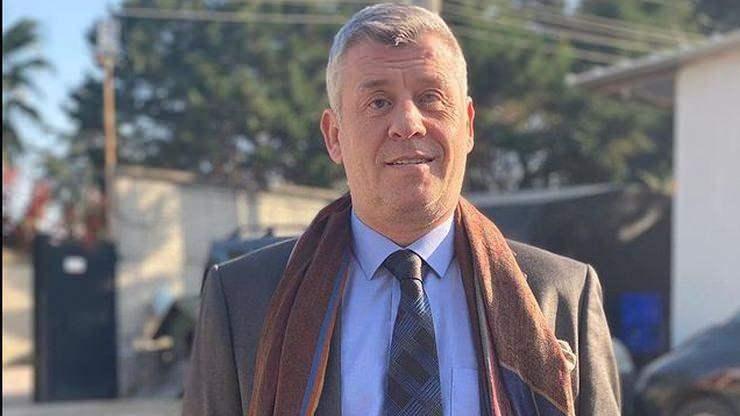
Metin Şentürk objected to the court’s decision and took the case to the Court of Appeal. However, the famous name, whose objection was rejected, applied to the Supreme Court this time. When his objection to the Supreme Court was also rejected, the famous musician filed a new argument demanding “retrial”. Şentürk made the following statements in his petition:
“I provided all the financing of the real estate in Istanbul Sarıyer with the sales of personal properties that I obtained before my marriage and the loans I received. This real estate has We stated that designed this immovable property should be valued as a place where a disabled citizen can sustain his life rather than being a property acquired through marriage.



